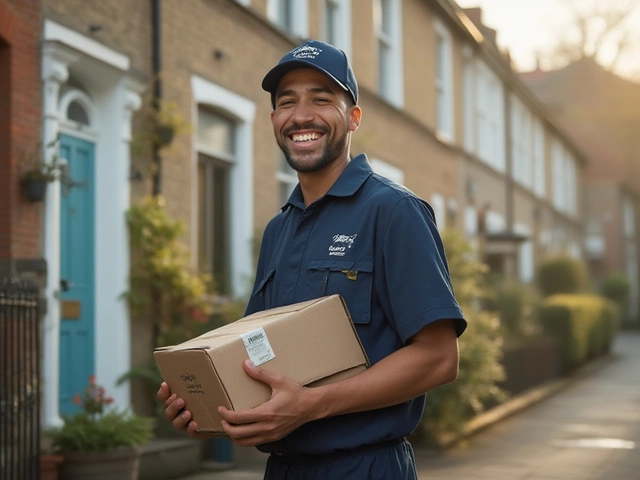Shipping Box Requirements: What You Need to Know
Sending a package sounds easy until the courier tells you the box is too big or too heavy. Knowing the right dimensions, weight limits and packing methods saves you time, money and headaches. Below is a straight‑forward guide that covers the basics so you can get your parcel on the road without a hitch.
Size and Weight Limits
Most UK couriers stick to a maximum length of 1.2 m, a width of 0.6 m and a height of 0.6 m for standard parcels. Anything larger usually moves into freight or pallet services and costs more. Weight caps vary: UPS and FedEx cap at 70 kg for a single box, while Royal Mail’s limit is 30 kg for most services. If you’re close to the limits, double‑check the carrier’s website – a few extra grams can push you into a higher price tier.
Choosing the Right Box and Packing Materials
Corrugated cardboard is the go‑to material because it’s strong yet lightweight. For heavy items, opt for double‑wall boxes; for fragile goods, add a layer of bubble wrap or packing peanuts. Never reuse a box that’s torn or heavily stained – it reduces structural integrity and can cause damage during transit. Use strong packing tape (minimum 48‑mm width) and seal all seams securely.
Measure the box on the outside, not the inside. Add the weight of your product plus the packing material when you calculate the total. A common mistake is forgetting to account for the tape and padding, which can tip you over the weight limit.
Labeling matters too. Place the shipping label on the largest flat side, making sure it’s fully visible and not folded. If you need to add a “Fragile” sticker, put it on all sides so handlers see it from any angle.
When shipping internationally, check customs requirements early. Some countries restrict certain box materials (like wooden pallets) or require a specific type of label. Including a clear, legible address and a contact number reduces the chance of a delayed delivery.
Here’s a quick checklist before you seal the box:
- Box size fits within carrier limits (max 1.2 m × 0.6 m × 0.6 m).
- Total weight, including padding, stays below the carrier’s cap.
- Box is in good condition – no tears, dents, or water damage.
- Use double‑wall cardboard for heavy items.
- Securely tape all seams with strong packing tape.
- Attach a flat, readable label on the biggest side.
- Add “Fragile” or other handling stickers if needed.
Following these simple rules means fewer surprise fees, smoother hand‑offs, and happier recipients. Next time you ship, grab a ruler, a scale, and a fresh box, and you’ll be set.
March 11, 2025
Evelyn Wescott
0 Comments
Shipping internationally involves more than just picking any old box. Different countries have various restrictions, and certain types of boxes can make a difference in cost and delivery time. Understanding the right box to use is crucial to ensure your package arrives safely and without extra charges. Explore practical tips and interesting facts to navigate the complexities of international shipping.




